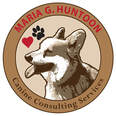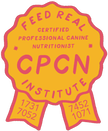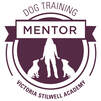A blog for all things dog-related: training, behavior, fun new doggie items, veterinary information and, of course, ways to enhance your relationship with your best four-legged friend!
Give your dog something else to do. Just because you’re home doesn’t mean your sole purpose is to entertain your dog. If your dog becomes dependent on the attention of you and your children to stay occupied, he’ll really be in for a surprise when you go back to work/school and now he’s bored and frustrated because he has no idea how to entertain himself. So while you’re sitting in your home office or the kids are doing schoolwork, give your dog one of the following:
Once you DO go back to work, it’s a great idea to keep incorporating these items to give your dog the proper mental stimulation while you’re away. You can feed him half of his breakfast in a puzzle toy while you’re getting ready for work/school or when you leave instead of giving it all to him in his food bowl. Or if you/a dog walker typically come home in the middle of the day to let the dog out, give one to him when you leave again to occupy some of his afternoon.
Many dogs are creatures of habit, after all, and thrive on predictable patterns. That’s not to say we don’t want to teach them to be adaptable to changes in schedule and routine – we do! – but we want them to learn that gradually by incorporating small changes in routine (like dinner being served a half hour later than usual) and not cold turkey involving big changes in routine (like being stuck at home for weeks then all of a sudden you’re gone all day every day). So while you’re all still home:
Yes, it may mean building extra time into your schedule. You may have to wake up a half hour earlier so you can get your dog out for that stroll before the kids wake up and get ready for school. Or you make dinner a half hour later because the first thing you do when you get home from work is take the dog (and kids) out for a walk and some fresh air. Bring the dog with you on a car ride when you’re driving-through to pick up your coffee or medication. Carry on with the new “carry-out” policy and eat a meal picnicking in the park with your dog as company rather than at home on the couch in front of the TV. Your dog can be a good date if you just make an effort in showing him how to be! Make excuses to leave your house. Some of us aren’t going out at all – we even have groceries, food and medical supplies delivered to our doorstep. But this further attaches your dog to your presence and doesn’t give him a healthy dose of separation – which means once you do go back to work, your dog can develop separation anxiety if he doesn’t already exhibit it. Now is actually the best time to work on decreasing separation anxiety, since you don’t actually have to go anywhere or leave your dog for long – you can practice frequently in short enough sessions to help your dog be successful. Even though we’re still socially distancing, find reasons to get out of your house for a bit and leave your dog at home – it doesn’t mean you have to come in contact with people. Maybe take a ride out to a friend’s house to drop a “feel-good” note in their mailbox or an “I miss hanging out with you” package on their doorstep. Take a drive through a wildlife refuge or walk the trail at the state park that’s still open – you may never pass another person, but you can wear your mask anyway if you feel like it! Go out just to pick up coffee or ice cream at a drive-through. Instead of ordering items online and having them delivered, call-in an order to a pet or grocery store that offers curbside pickup and will bring the items out to your car so you never have to set foot inside the store. Spend time separate from your dog. Just because you’re home doesn’t mean you have to be with your dog. Do you always spend all your time in the same room as your spouse or kids? Probably not. So it’s completely OK (and even important) for your dog to be in a separate space from you even though you’re both home at the same time. If your dog was typically crated during the day when you were at work prior to this pandemic, still have your dog spend some time in the crate while you work in another room of the house for a few hours. Or close your office door/gate off your dining room so your dog naps in his usual spot on the couch (where he would be if you weren’t home) rather than at your feet under your computer desk or dining room table. If your dog doesn’t get used to being with you all day, it’ll be easier for him to spend time alone again when you go back to work.
If you incorporate these ideas into your day-to-day now, your dog can have a much easier time adapting to life once it goes back to normal and we all can get out and about again. It’s easy to forget about our dogs’ needs when we have so many other things on our plates, but I assure you – when your dog’s needs are met through this process, we’ll ALL be happier in the long run!
0 Comments
Your comment will be posted after it is approved.
Leave a Reply. |
AuthorMaria Huntoon, CBCC-KA Archives
April 2020
Categories |
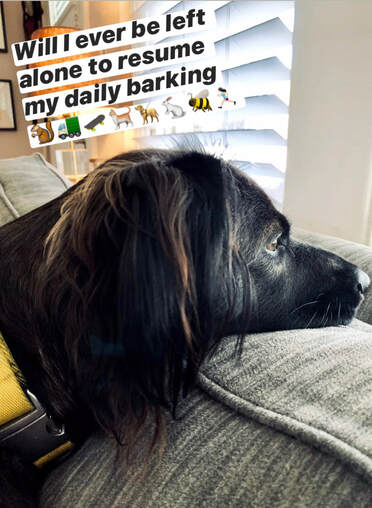

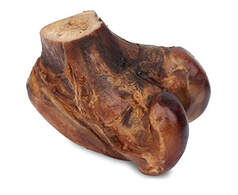
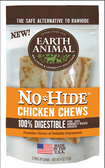
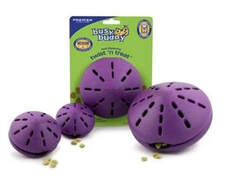
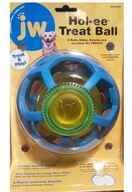



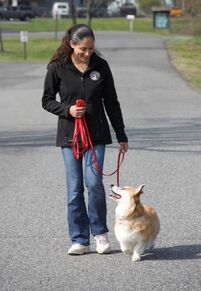

 RSS Feed
RSS Feed
